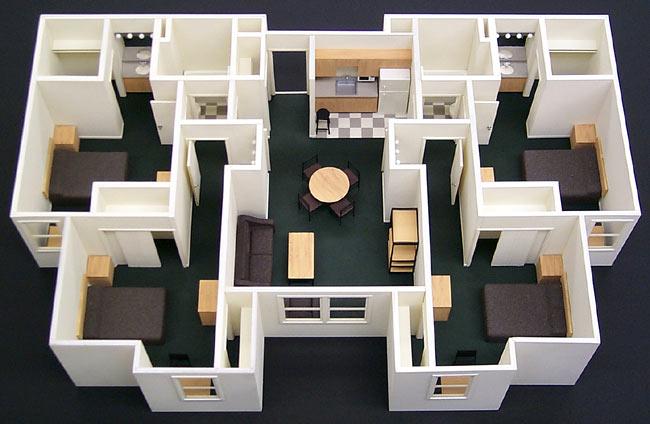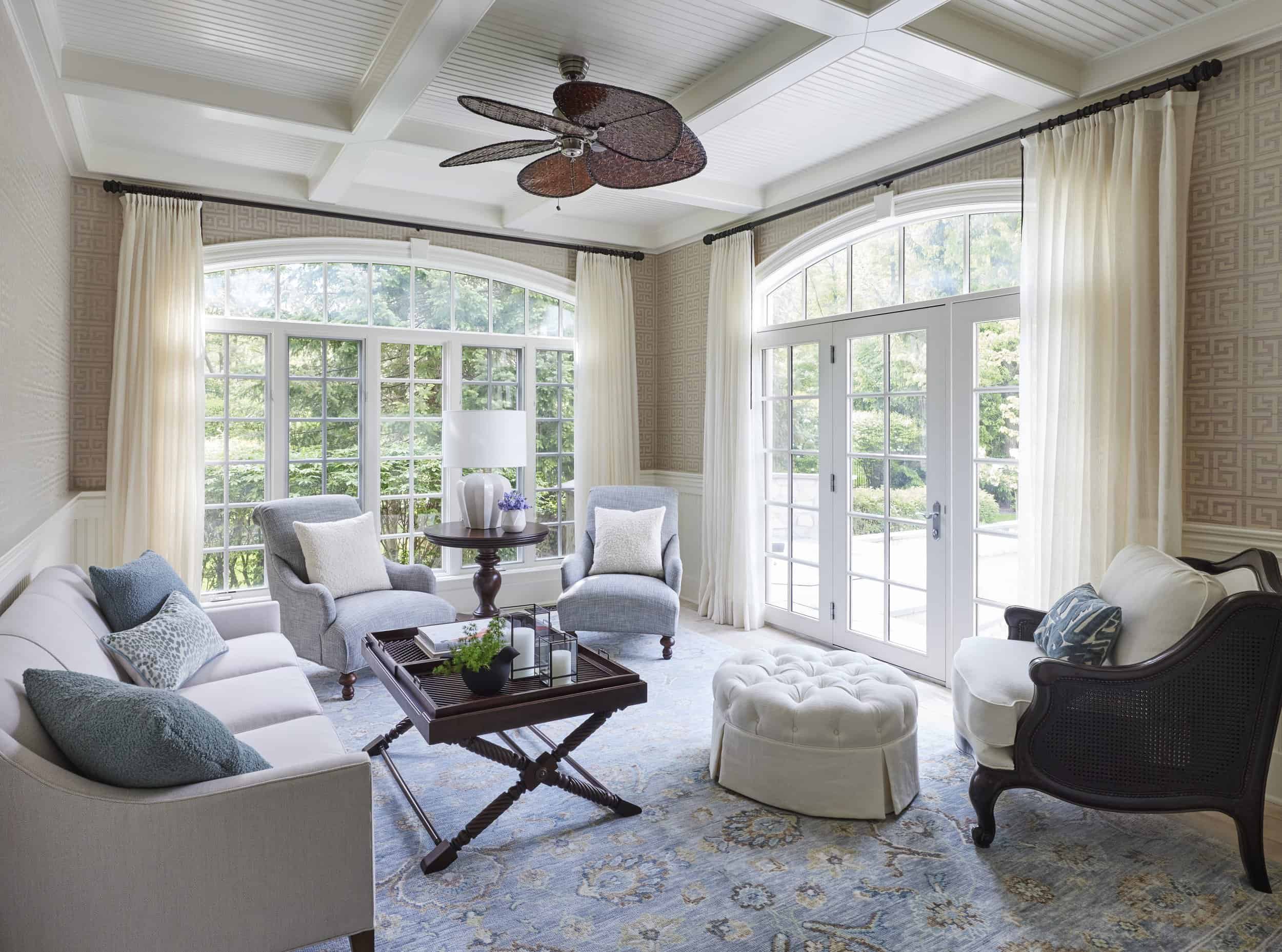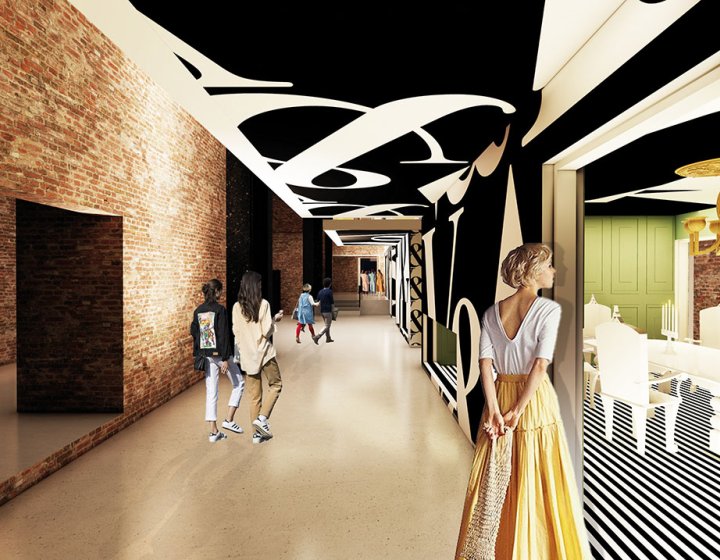Stylish Rustic Home Design for Rural Retreats
Stylish Rustic Home Design for Rural Retreats
Blog Article
The Art of Balance: Exactly How Interior Design and Home Architect Collaborate for Stunning Outcomes
In the world of home design, striking a balance between visual appeals and performance is no tiny accomplishment. This fragile equilibrium is attained with the unified collaboration in between interior designers and engineers, each bringing their special knowledge to the table. The result? Rooms that are not only aesthetically stunning however additionally incredibly livable. This ideal blend is not always simple to achieve. Stick with us as we discover the complexities of this collaborative procedure and its transformative effect on home style.
Recognizing the Core Distinctions Between Inside Design and Home Design
While both indoor layout and home design play essential functions in creating cosmetically pleasing and practical rooms, they are inherently different techniques. It deals with the 'bones' of the structure, working with spatial measurements, load-bearing walls, and roofing layouts. On the other hand, indoor design is much more worried with enhancing the aesthetic and sensory experience within that structure.
The Synergy Between Home Style and Inside Style
The harmony in between home architecture and Interior Design hinges on a common vision of design and the enhancement of practical visual appeals. When these 2 areas straighten sympathetically, they can transform a home from normal to phenomenal. This collaboration requires a deeper understanding of each self-control's concepts and the capability to develop a natural, cosmetically pleasing setting.
Unifying Layout Vision
Unifying the vision for home architecture and Interior Design can create a harmonious space that is both practical and cosmetically pleasing. The equilibrium begins with an integrated attitude; architects and indoor designers work together, each bringing their expertise. This unison of ideas creates the design vision, a plan that overviews the project. This shared vision is vital for consistency throughout the home, guaranteeing a liquid shift from outside architecture to interior areas. It promotes a synergistic approach where building components enhance Interior Design components and vice versa. The outcome is a natural home that shows the property owner's preference, personality, and lifestyle. Hence, unifying the style vision is essential in mixing design and Interior Design for magnificent outcomes.
Enhancing Functional Aesthetic Appeals
How does the synergy between home architecture and indoor layout boost useful aesthetic appeals? Designers lay the foundation with their architectural style, guaranteeing that the area is useful and efficient. A designer could make a residence with large windows and high ceilings.
Significance of Collaboration in Creating Balanced Spaces
The cooperation between indoor designers and architects is crucial in producing balanced areas. It brings harmony in between design and style, providing birth to spaces that are not just aesthetically pleasing however also useful. Exploring effective collaborative approaches can offer understandings into just how this synergy can be properly accomplished.
Integrating Design and Style
Balance, an important element of both interior design and architecture, can only truly be attained when these 2 areas work in harmony. This collective process results in a cohesive, well balanced layout where every component has an objective and adds to the general aesthetic. Harmonizing layout and style is not simply regarding creating beautiful spaces, yet regarding crafting spaces that function effortlessly for their occupants.
Successful Collaborative Approaches

Instance Researches: Successful Assimilation of Style and Architecture
Checking out a number of study, it emerges just how the successful assimilation of Interior Design and style can transform a room. The Glass Home in Connecticut, renowned for its minimalistic elegance, is one such instance. Architect Philip Johnson and indoor designer Mies van der Rohe teamed up to create an unified balance between the framework and the interior, causing a smooth flow from the outside landscape to the inner living quarters. One websites more prototype is the Fallingwater House in Pennsylvania. Designer Frank Lloyd Wright and interior designer Edgar Kaufmann Jr.'s joint efforts cause an amazingly distinct residence that blends with its natural environments. These study underscore the profound effect of an effective layout and architecture partnership.

Overcoming Obstacles in Layout and Architecture Cooperation
Despite the undeniable benefits of a successful cooperation between Interior Design and architecture, why not check here it is not without its challenges. Interaction issues can arise, as both events might use various terminologies, understandings, and techniques in their job. This can result in misconceptions and delays in task completion. An additional major difficulty is the balancing act of visual appeals and capability. Architects might focus on structural stability and safety and security, while designers concentrate on comfort and style. The assimilation of these objectives can be complicated. In addition, budget and timeline restrictions often add stress, possibly causing rifts in the cooperation. Efficient interaction, common understanding, and compromise are important to get rid of these obstacles and attain a harmonious and successful partnership.

Future Fads: The Advancing Connection In Between Home Architects and Interior Designers
As the globe of home design remains to evolve, so does the connection in between engineers and interior designers. The fad leans towards a much more integrated and collective method, damaging free from standard duties. Architects are no much longer only focused on structural honesty, but also take part in boosting visual appeal - Winchester architect. On the other hand, indoor developers are embracing technical elements, affecting total layout and functionality. This progressing synergy is driven by innovations review in technology and the growing demand for areas that are not just aesthetically pleasing yet sustainable and likewise functional. The future assures a much more natural, ingenious, and adaptive method to home style, as designers and architects continue to obscure the lines, cultivating a partnership that truly embodies the art of balance.
Verdict
The art of equilibrium in home design is achieved via the unified partnership between interior developers and designers. An understanding of each other's disciplines, reliable interaction, and shared vision are important in producing visually magnificent, practical, and inviting rooms. In spite of challenges, this collaboration promotes growth and innovation in layout. As the connection between home designers and interior developers develops, it will certainly proceed to shape future patterns, enhancing convenience, effectiveness, and individual expression in our space.
While both interior layout and home design play vital roles in developing visually pleasing and useful areas, they are naturally different techniques.The synergy in between home architecture and interior design exists in a shared vision of style and the improvement of functional aesthetic appeals.Combining the vision for home design and indoor style can develop a harmonious living room that is both functional and visually pleasing. Therefore, unifying the design vision is crucial in blending design and indoor design for sensational outcomes.
How does the synergy between home style and interior layout enhance functional looks? (Winchester architect)
Report this page